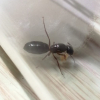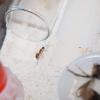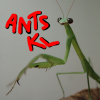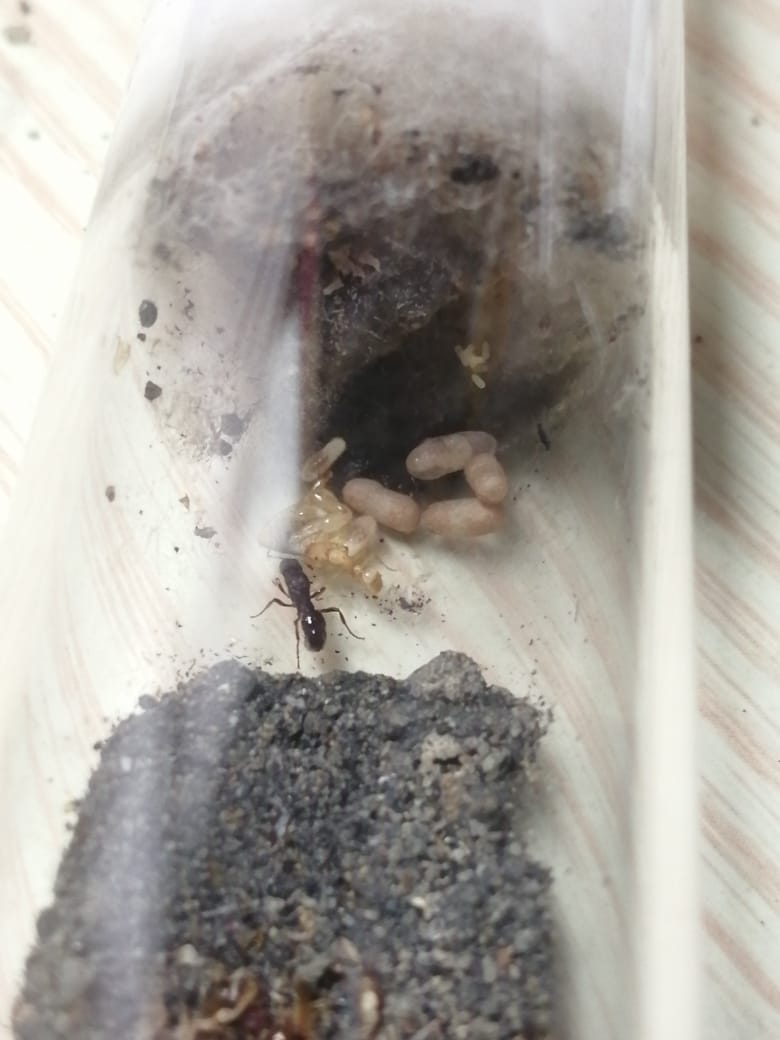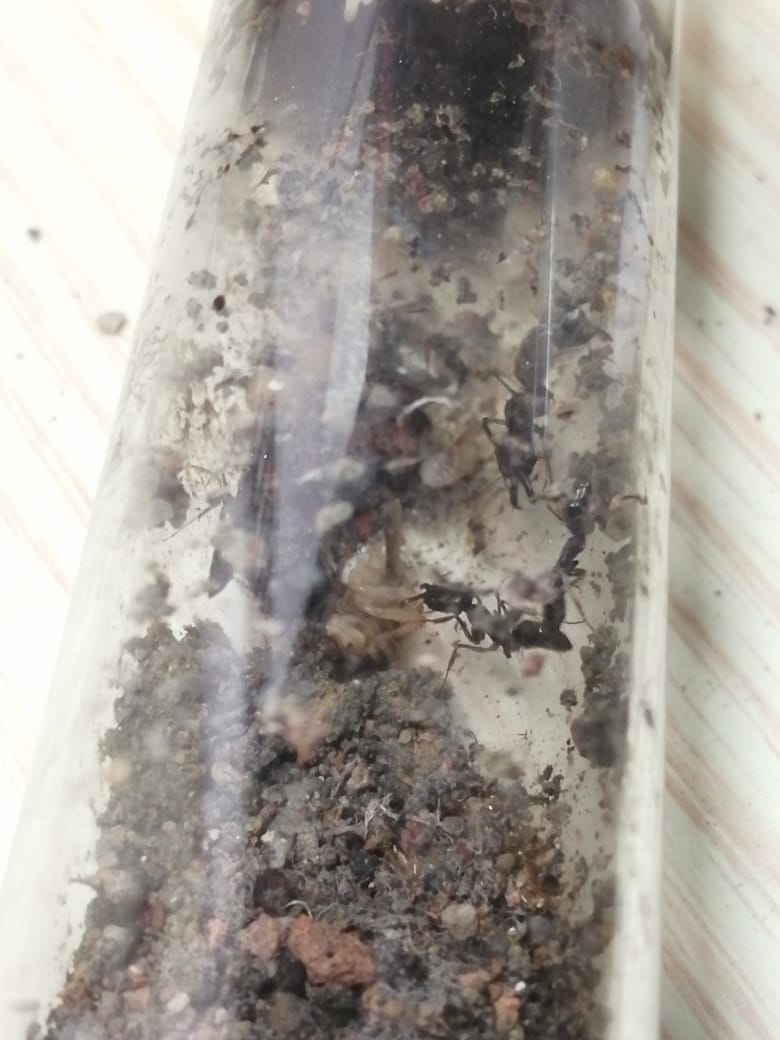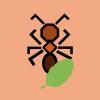Can't remember if I ever updated you about this but I gave the Fire ants an outworld.
T. cf mayri queen gave me an April fools joke by playing dead.
Cardiocondyla has a nanitic! 
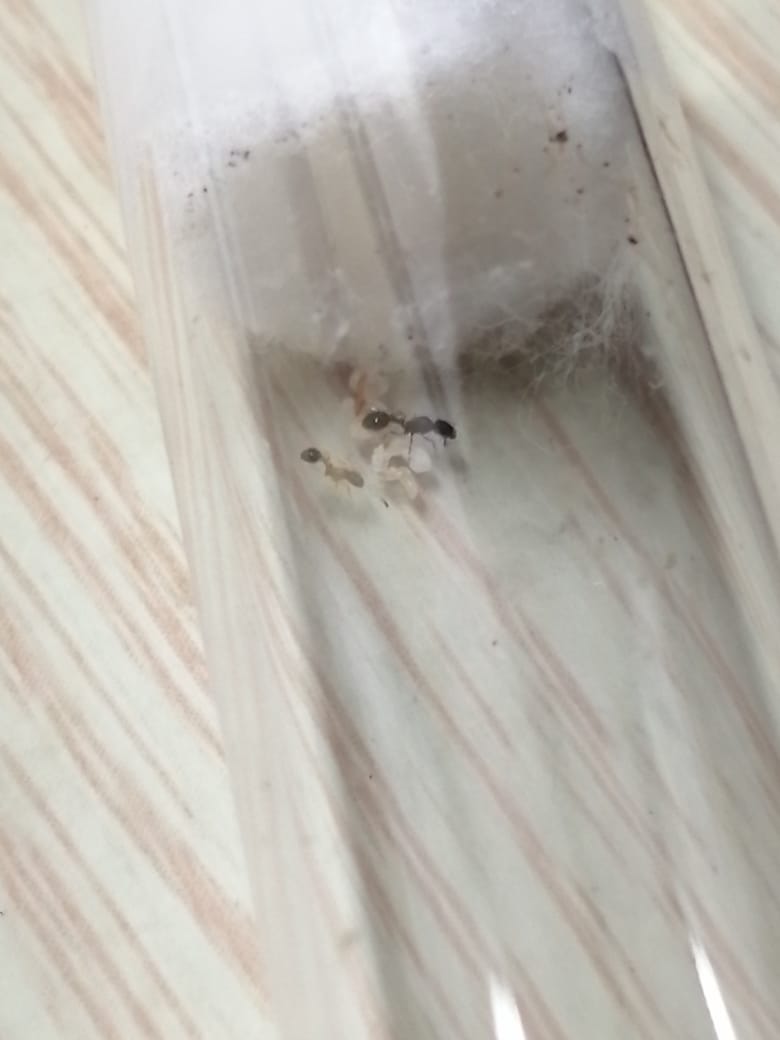
Anochetus sp1 has recovered from their previous loss, here's them feeding on a roach. I also managed to get the queen on camera by accident. Find her if you can  . And I know that it's not a good picture but that's the best I could get.
. And I know that it's not a good picture but that's the best I could get.
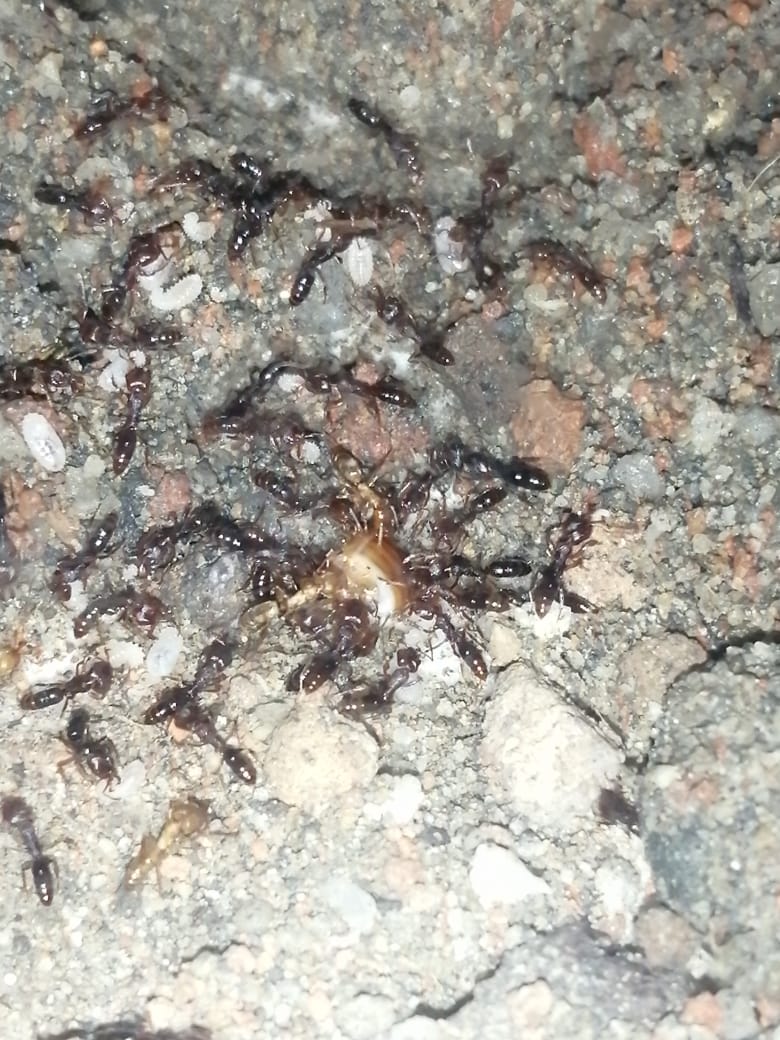
M. monomorium has grown a LOT, just look at their brood pile! And yeah, they're still living in their old tube, I'm trying to move them but they don't want to. 
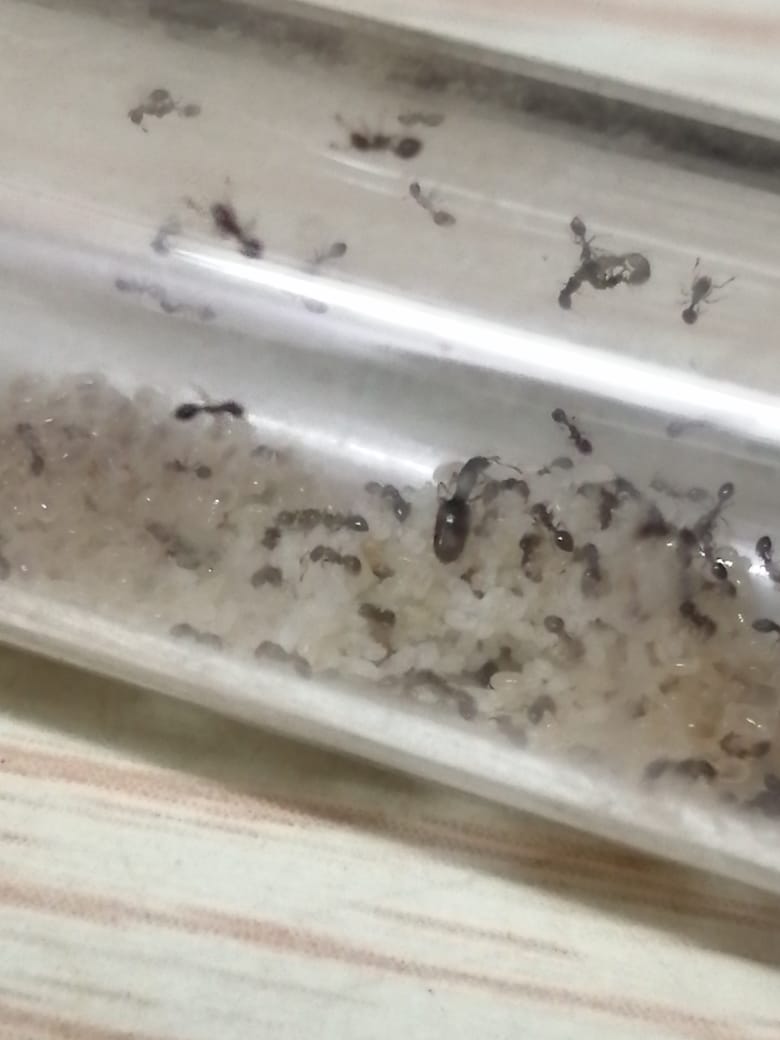
And now for some sad news  , my oldest colony (Camponotus parius) has started to only produce males and the amount of brood and workers have gone down quite a lot so I suspected that the queen might have passed away, whether it's from old age, from something I did wrong or something else I don't know. Queen ants in Malaysia and many other tropical ants don't live as long as in temperate climates. The oldest captive queen of C. parius I know lived up to 4 years but I heard they can live up to 15 years! Mine lived for 2 years and 6 months so I think I might have done something wrong or something else happened, possibly the mites (if she really did pass away). Here's the last picture of her I found from about 8-10 months ago (she sometimes comes out to the outworld but very rarely) :
, my oldest colony (Camponotus parius) has started to only produce males and the amount of brood and workers have gone down quite a lot so I suspected that the queen might have passed away, whether it's from old age, from something I did wrong or something else I don't know. Queen ants in Malaysia and many other tropical ants don't live as long as in temperate climates. The oldest captive queen of C. parius I know lived up to 4 years but I heard they can live up to 15 years! Mine lived for 2 years and 6 months so I think I might have done something wrong or something else happened, possibly the mites (if she really did pass away). Here's the last picture of her I found from about 8-10 months ago (she sometimes comes out to the outworld but very rarely) :
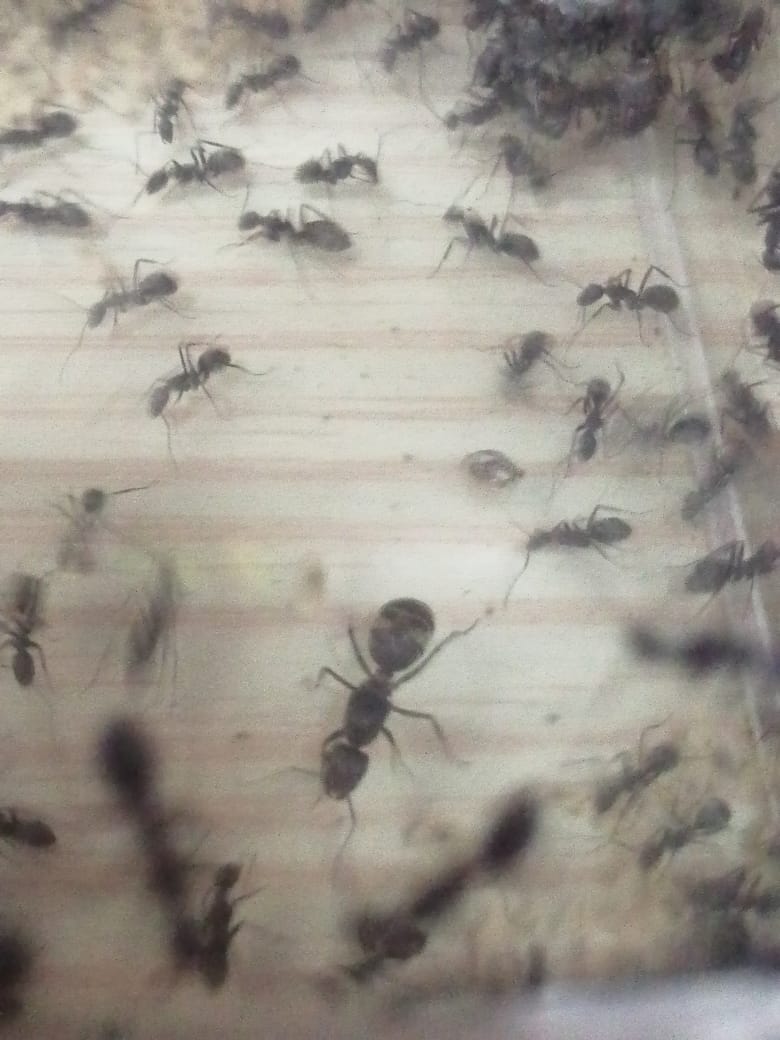
Luckily the queen survived and let's all hope they'll make a quick recovery.

